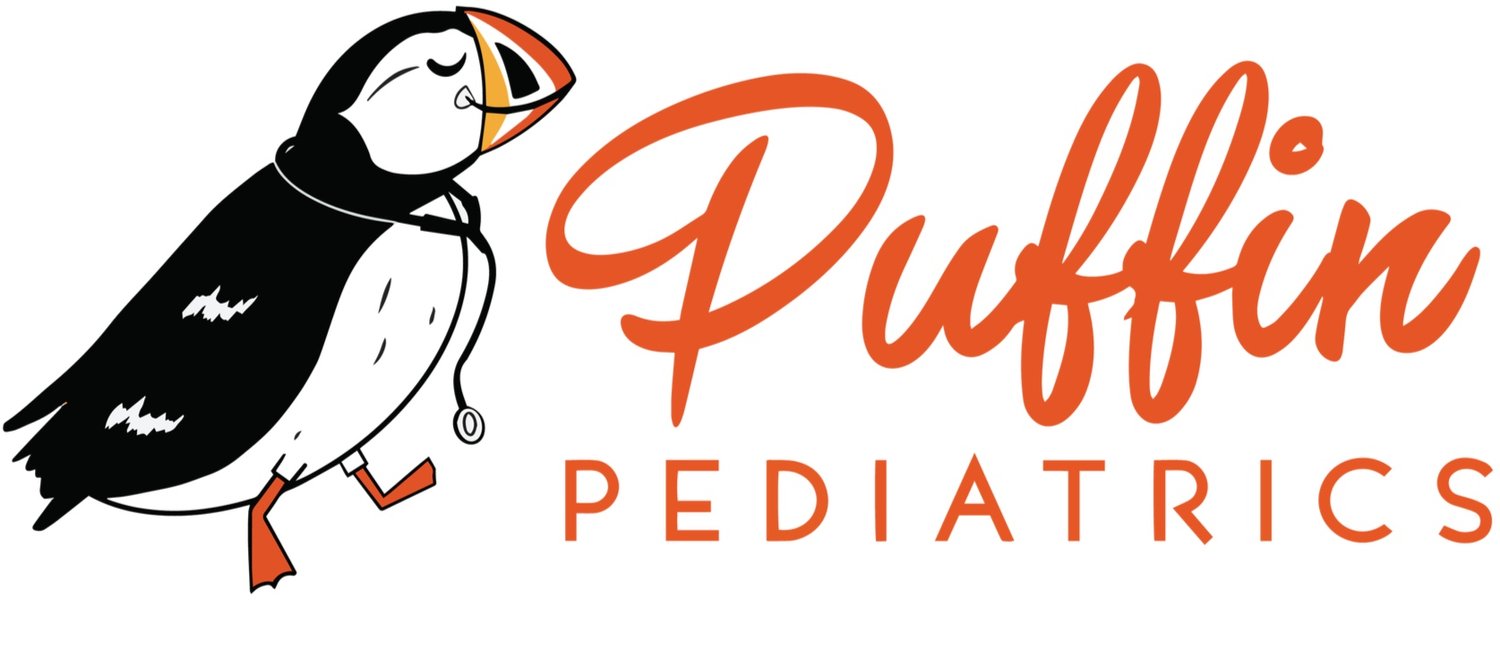Baby Food
When parents ask me what the best baby food is, I always answer, “Human Food that you would want to eat.” Don’t expect a 10-month-old who sees you chowing down on some awesome PNW salmon and veggies to tolerate some goop in a jar that is made to last for two or more years on the shelf. When a baby is old enough to start solid foods, the best options are really those on the plate in front of you, with a couple caveats. The food can’t have honey in it and shouldn’t have a lot of extra salt and sugar. Natural salt and sugars in foods are fine, but if you have a heavy hand in adding a bit of salt at the end of the simmer, then hold off on adding the salt until you give the little one their portion.
Also, for any parent starting to give solid foods to baby, you want to do a little refresher on baby CPR either in person or online. The American Heart Association has great videos online to refresh those safety interventions.
But what about baby led weaning? Do I start with orange foods and then go to green foods?
As a pediatrician I honestly do not care which method of food introduction you use as long as we are introducing a lot of different foods before 8 months of age. The reason for this is to prevent food allergies. For a long time, we were hesitant to introduce “high allergen” foods to babies such as tree nuts, soy, and egg. But now we have learned with better allergy and immunology studies that the best way to prevent allergies is to introduce these foods early and often. The idea stems from the fact that if we are exposing these things early and often, preferably before baby is fully mobile, then the body should not think that these are poisonous. It must be in the baby’s natural environment and safe if family is offering it as food. The longer we wait to introduce these things (and the more mobile baby is) the body needs to think harder about the food’s safety.
In regard to baby led weaning, when this method of food introduction began, where the family lets the baby pick and choose what to eat and not “baby-fy” the food that baby tries (ie not mushing everything up due to lack of teeth), the initial pediatric nutrition researchers were hopeful that this method of food introduction would lead to less obesity for children and less allergies. The initial studies were promising but, over time, it turns out kiddos on baby led weaning had the same rates of allergies and obesity as those who did not adhere to baby led weaning. The biggest difference with baby led weaning was there was a higher number of reported cases of choking incidents in baby led weaning patients compared to patients who ate mushed up food. So, again, before starting solid foods for baby, a quick baby CPR refresher is clutch.
Another caveat I have when introducing foods that are considered high allergen is that I want that baby’s skin to look pretty perfect. If we introduce foods when a baby is showing worsening eczema or atopic dermatitis, that baby has a higher likelihood to demonstrate a food allergy. We are not 100% sure why this happens, but we think it is because the body is on heightened alert for allergens getting through the baby’s skin due to the rashes and how it disrupts their skin’s immune barrier. This means that if something looks weird or new in the body, the body will be more likely to throw out an allergic reaction in response.

